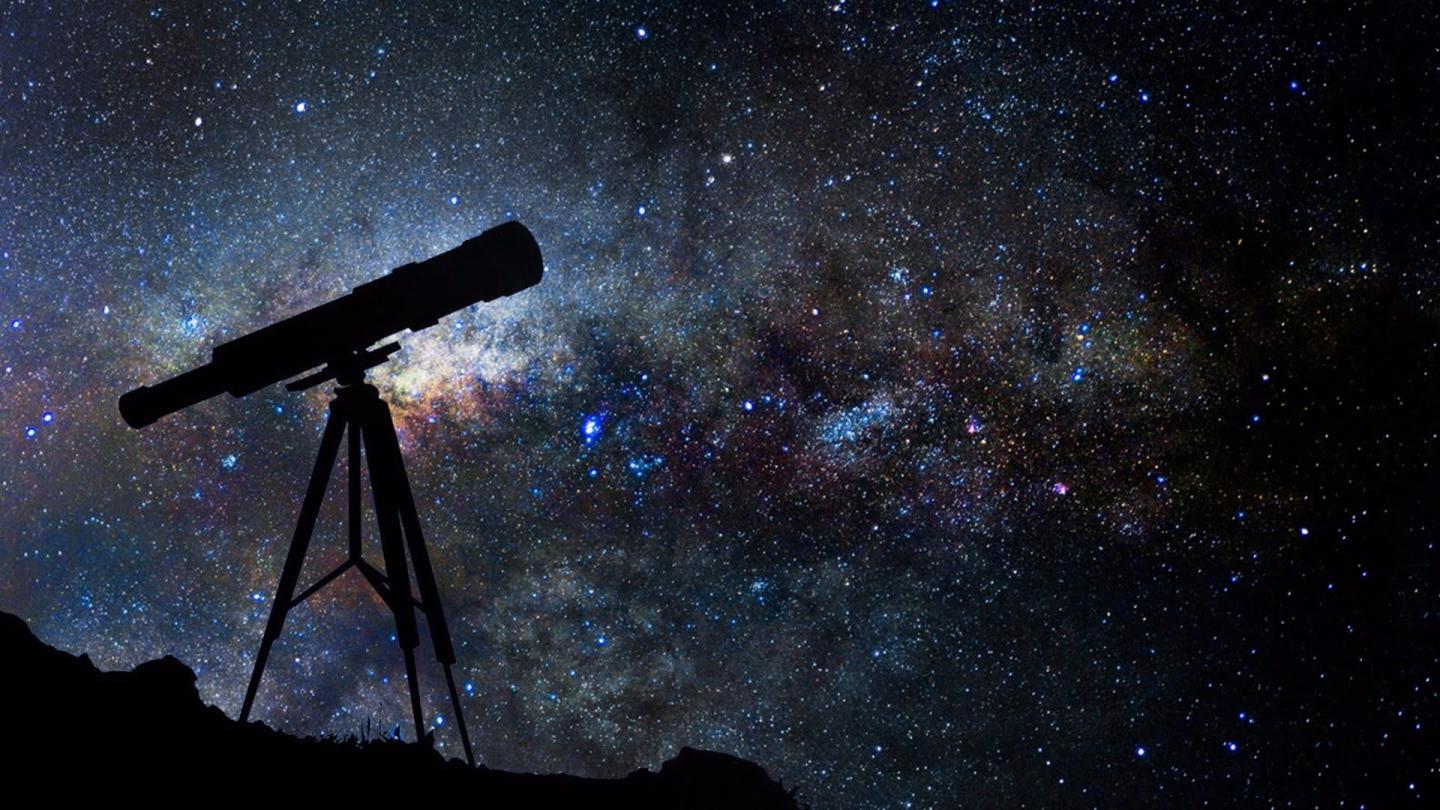Telescope Educational Insights
Introduction
The night sky has been a fascination for humans for ages. Telescopes are a key element in our search to comprehend the universe and provide unrivalled views of the universe. The keyword “telescope educational insights” highlights the significance of telescopes as tools for education to motivate and teach students about the science of astronomy. In the article, we’ll examine the educational advantages that telescopes offer, provide information on how to select the appropriate telescope, and provide strategies for effectively using telescopes in classroom contexts.

The Educational Benefits of Telescopes
Inspiring Curiosity and Wonder
Telescopes can inspire interest and curiosity in students, inducing them to discover how the universe works. The observation of celestial objects like the moon, planets, the sun, and stars could ignite enthusiasm for the sciences and astronomy.
- Interactive learning telescopes provide the opportunity to learn hands-on, which allows students to see astronomical phenomena directly.
- Engagement Watching the night sky can draw students in a way textbooks and lectures can’t.
Enhancing STEM Education
The inclusion of telescopes in the curriculum could help improve STEM (Science, Technology, Engineering, and Mathematics) education by providing concrete applications of the concepts of science.
- Physics as well as Optics Telescopes provide the opportunity to apply physical and optics principles to help students grasp concepts like lenses, light and magnification.
- Analyzing and Collecting Data Utilizing telescopes to observe the sky allows students to gather and analyze data, fostering analytical and critical thinking talent.
Encouraging Scientific Inquiry
Telescopes can help foster a love of inquiry and scientific curiosity and encourage students to explore, ask questions, perform experiments, and find answers.
- Hypothesis and Observation Students are able to observe celestial objects, develop theories, and conduct experiments to prove their theories.
- Learning Skills for Research Telescopes can be employed to train researchers on skills including recording observations, analyzing data and drawing conclusions.
Choosing the Right Telescope for Educational Use
Types of Telescopes
There are a variety of telescopes available, each with distinct advantages and disadvantages. Understanding the different features is vital in deciding on the correct telescope for your educational needs.
- Refracting Telescopes Utilize lenses to collect and focus light. They are very easy to operate and require little maintenance, which makes them great for novices.
- Reflecting Telescopes Utilize mirrors to collect and focus light. They have larger apertures for less cost and offer superior views of dim objects.
- Compound telescopes combine mirrors and lenses to create small, excellent-quality images. They are versatile but may become more costly.
Key Characteristics to Consider
When selecting a telescope to be used for education, think about the following essential features:
- Aperture The diameter of the main lens, or mirror. A larger aperture can absorb more light, which results in better and more vibrant images.
- The Focal Length The distance from the mirror or lens towards the point of focus. Longer focal lengths provide higher magnification.
- Mount The structure that houses the telescope. Equatorial mounts are great for tracking celestial objects, and altazimuth mounts can be simpler to use.
- Portability Think about the weight and size of your telescope, particularly in the event that it must be moved often.
Budget Considerations
The budget is a crucial element when deciding on an educational telescope. While top telescopes come with sophisticated features, there are plenty of inexpensive alternatives that favor outstanding educational value.
- Beginning-level telescopes are ideal for students who are just beginning their studies. They are inexpensive and simple to use.
- Middle-range telescopes provide the perfect balance of cost and performance, delivering superior image quality as well as more features.
- Advanced telescopes are ideal for serious astronomy lovers as well as advanced learners. They are more efficient; however, they come at a higher price.
Practical Tips for Using Telescopes in Education
Preparing for Observations
A thorough preparation is crucial for a successful observation. Follow these steps to ensure an enjoyable and smooth experience.
- Location Pick a spot that has minimal light pollution and clear views of the night sky.
- Wetter Conditions Review the forecast for weather and stay clear of nights that are cloudy or with high winds.
- Equipment Examine Check that the telescope and any equipment are in perfect working order.
Setting Up the Telescope
The correct setup of the telescope is essential to getting solid and clear images. Follow these steps to get the optimal payoff:
- Install the Telescope Following the instructions provided by the manufacturer for assembling the telescope.
- The Finder scope should be aligned Align the finder scope with the main telescope, making it easier to find celestial objects.
- Adjust the Telescope Check that your telescope is properly balanced on its mount to stop it from wobbling.
Observing Techniques
Making use of the correct techniques to observe can improve the quality of the observations and the experience.
- Begin by observing the Moon Start with the Moon: The moon is easy to reach and offers breathtaking views. It’s a great starting point for those who are just starting out.
- Utilize low magnification Begin by using low magnification to find objects, and then boost magnification to get a better glance.
- Notes: Instruct students to write notes and sketch their observations in order to benefit and reinforce the learning.
Integration of Telescopes in the Curriculum
Telescopes can be incorporated into the classroom in many ways to increase learning and engage students.
- Astronomy projects: assign astronomy projects that involve watching and recording celestial objects.
- Inter-disciplinary learning Make use of telescopes to teach concepts of mathematics, physics and science.
- Host Speakers, Guest Lecturers or Field trips Invite astronomers to speak or arrange excursions to observatories in order to favor more education opportunities.
Frequently Asked Questions (FAQs)
Is there an excellent telescope for use in education?
The desirable telescope to use for education is determined by the experience and age of the student and their particular educational objectives. For those who are new to the field, a refracting scope with an aperture of 70–90 millimeters is an ideal option.
How can I keep the telescope?
Proper maintenance involves cleaning the lens, storing your telescope in a clean, dust-free environment, and regularly reviewing any mechanical problems.
Are telescopes able to be used during the day?
Yes, telescopes are able to be used at any time of the day to study terrestrial objects. But do not aim a telescope directly towards the sun without having a suitable solar filter, as it could cause severe eye injuries.
How can I cut down on the amount of light pollution I experience with the telescope?
To minimize light pollution, select an observation site away from urban lights, install an anti-light pollution filter, and be careful not to use light sources that are bright near the telescope.
What celestial objects can I see using a telescope for beginners?
With a telescope for beginners, it is possible to see the Moon as well as planets such as Jupiter and Saturn star clusters, as well as some brighter deep-sky objects like the Orion Nebula.
Conclusion
Telescopes can be powerful tools for learning that stimulate curiosity, boost STEM educational opportunities, and stimulate research. “Telescope Educational Insights” emphasizes the importance of using telescopes to focus on providing an experience that is hands-on and increases comprehension of what is happening in the universe. By selecting the appropriate telescope, planning effectively, and integrating telescopes into your curriculum, teachers can provide lasting and meaningful educational experiences for their pupils. Take advantage of the possibilities offered by telescopes to improve the teaching process and help inspire the next generation of astronomers and scientists.




